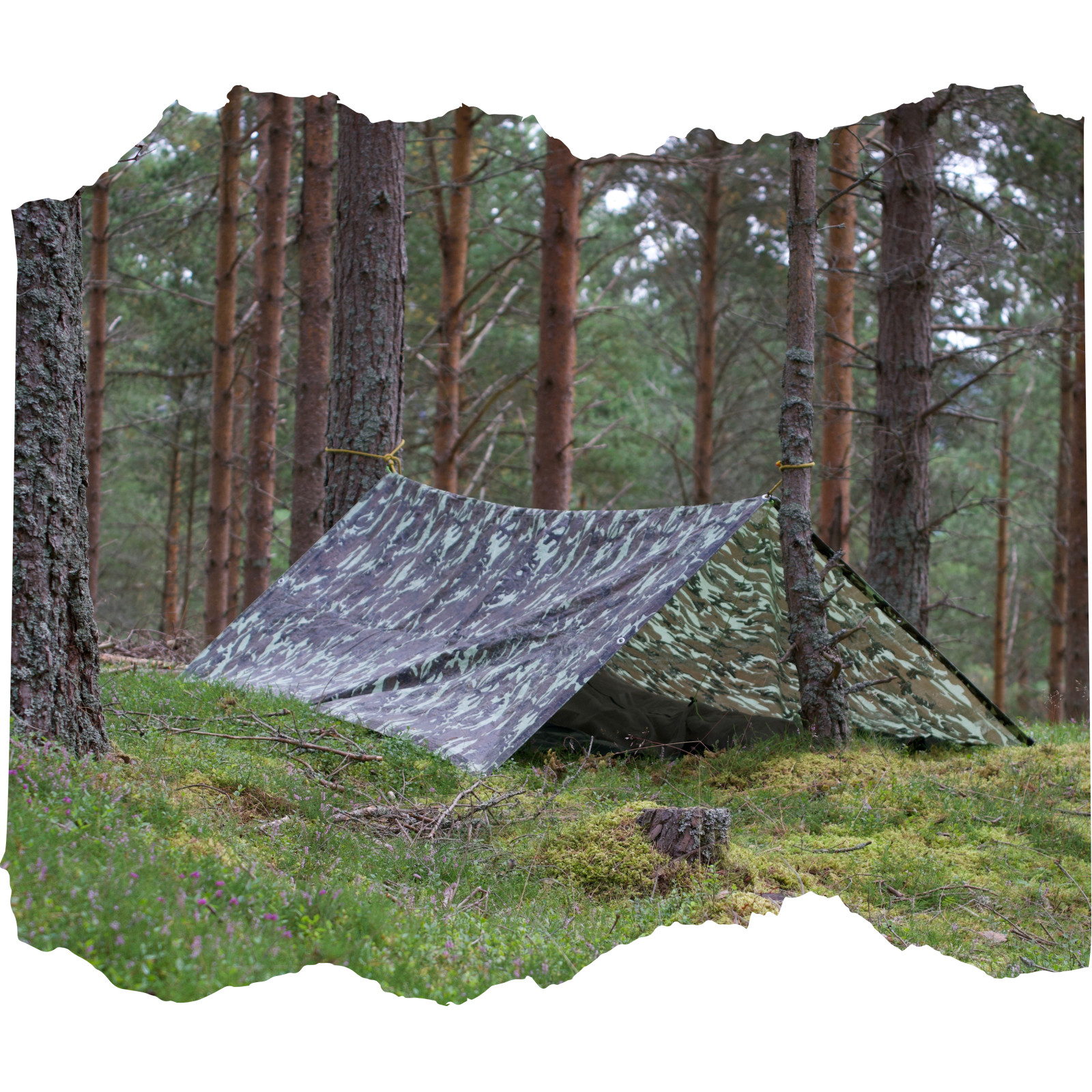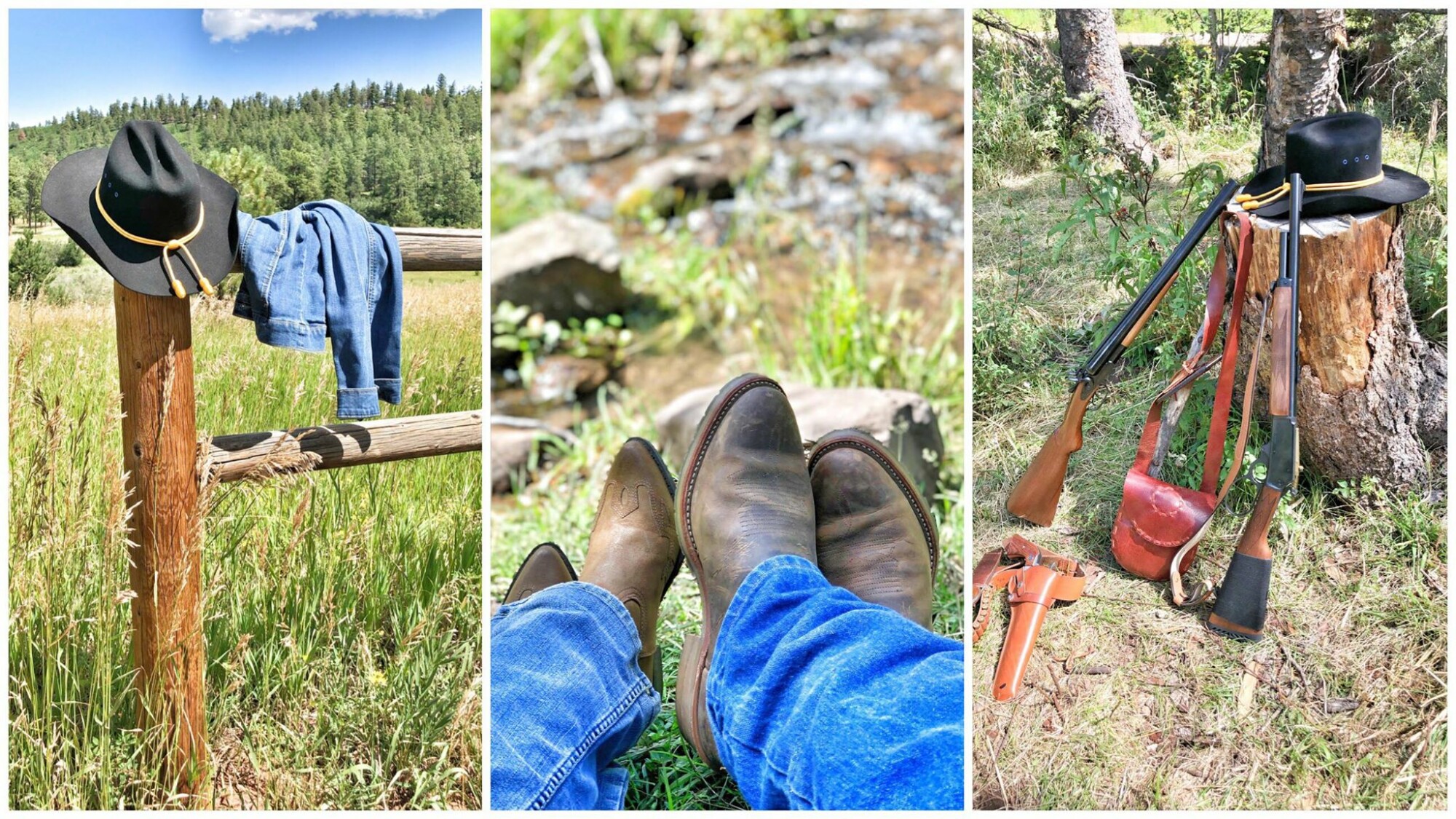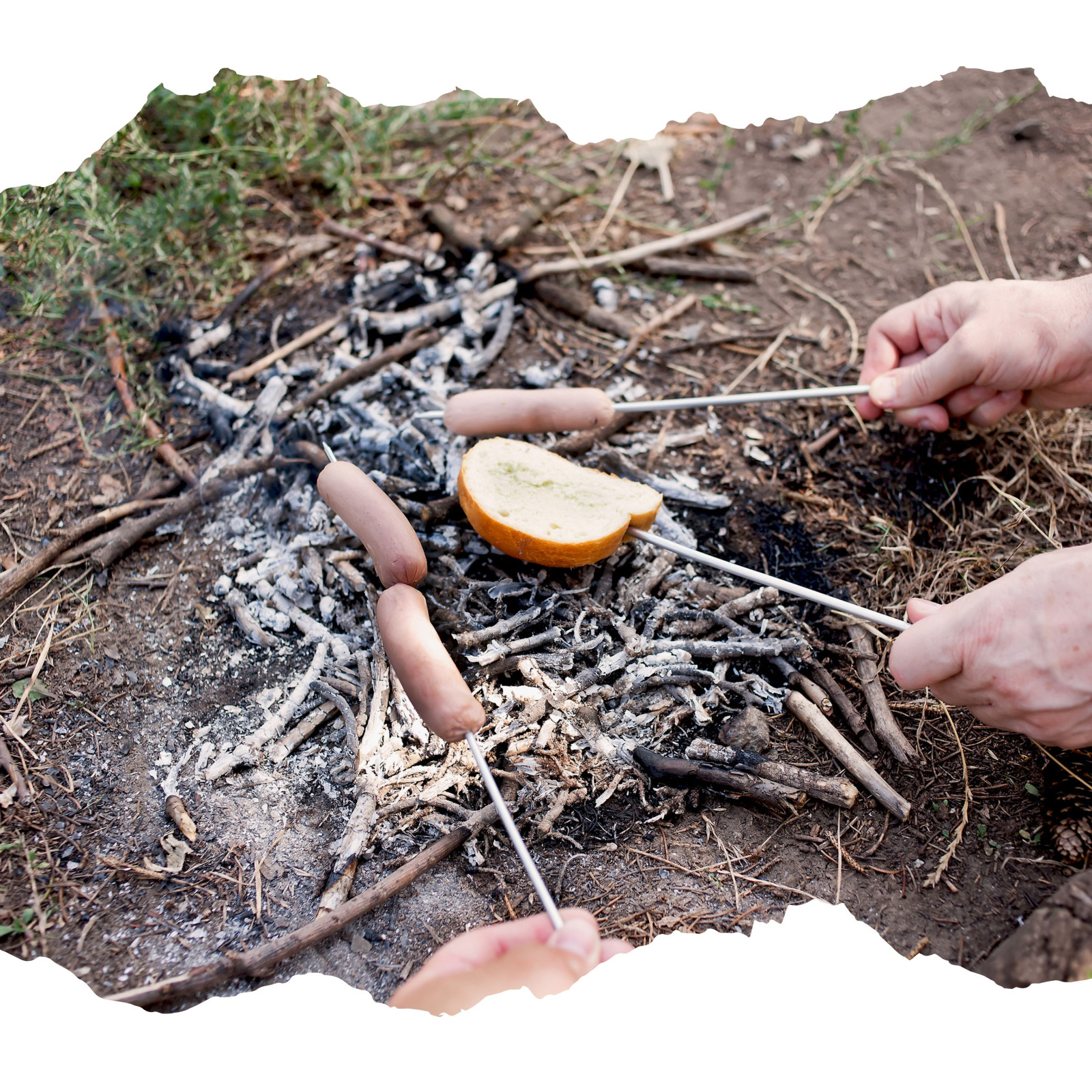
Have you ever found yourself in nature's unforgiving grasp, wondering how you could turn the wild, untamed environment into a sanctuary? For survivalists and preppers, mastering the art of wilderness shelters is not just a skill—it's an essential part of staying alive.
Human beings are funny creatures. In our path to becoming modern humans, we’ve shed our fur coverings (for the most part), our claws have evolved into softer nails, and those once-dominant canine teeth have become less pronounced. Out in the wilderness, we must use our ingenuity to reclaim our primal instincts, finding or creating shelters that will protect us from the elements.
Adapting to Nature’s Whims
When embarking on a day hike or running a quick check of the trapline, you probably aren't carrying a tent or portable shelter. But fear not! We've got you covered with some practical, time-tested shelter solutions you can build on the fly.
Over-Hangs
One of the easiest—and earliest—shelters adapted by humans is a simple over-hang. Rock outcrops, angled fallen trees, or spaces under thick pines provide quick cover when Mother Nature decides to open up with wind, snow, or rain. Staying for more than a night? Enhance your shelter with downed logs or branches for walls or windbreaks, and add debris for extra protection. A well-placed fire reflector made from rocks or logs can amplify the warmth of your fire.
Lean-to
The lean-to is a classic go-to for its speed and simplicity. Just tie a ridge pole or line between two trees, then lean branches and debris against it to form a windbreak and quick shelter. This minimalist structure provides immediate protection with minimal effort.
Tree Pit
The space directly beneath a conifer can be an excellent natural shelter. Scrape away debris from the base, creating a ring that serves as a windbreak and retains warmth. If snow is present, a wall base can be formed initially, then built up with snow from outside the pit. Caution is advised when building fires near this type of shelter due to its confined nature.
Debris Hut
Want warmth and comfort without a fire? Build a debris hut by constructing a framework of branches and piling leaves and debris on top. Ensure a good thickness for insulation. This shelter traps body heat, keeping you warm even when conditions outside are harsh.
Snow Pile Hut
A childhood favorite for many, the snow pile hut involves creating a 6-foot diameter mound of snow. After letting it settle for 24 hours, use sticks to ensure consistent wall thickness as you excavate a hollow interior. Line the floor with conifer branches to ward off meltwater and craft a door from a poncho filled with snow. Remember to create air holes for ventilation, and a single candle can provide surprising warmth.
Plow Point
If you're lucky enough to have a tarp or space blanket in your survival kit, the plow point shelter is a great option. Tie one corner to an upright pole and spread the rest outward, securing the edges against prevailing winds. Simple yet effective, this setup offers quick protection.
Navigating Industry Challenges
The challenge many survivalists face is balancing the need for lightweight carry solutions with the unpredictability of nature. In the absence of modern gear, knowledge becomes your greatest tool. These shelters utilize minimal supplies and leverage your surroundings, making them accessible regardless of what you have on hand.
The Call to Community
Ready to deepen your understanding of outdoor survival? Join our community for more insights, discussions, and expert advice on thriving in nature's vast and varied wilderness. Together, we'll explore the skills necessary to not just survive, but truly master the art of wilderness living.
There's a whole world waiting to be discovered—so pack your gear, hone your skills, and step confidently into the wild. Join us today!


















0 Comments